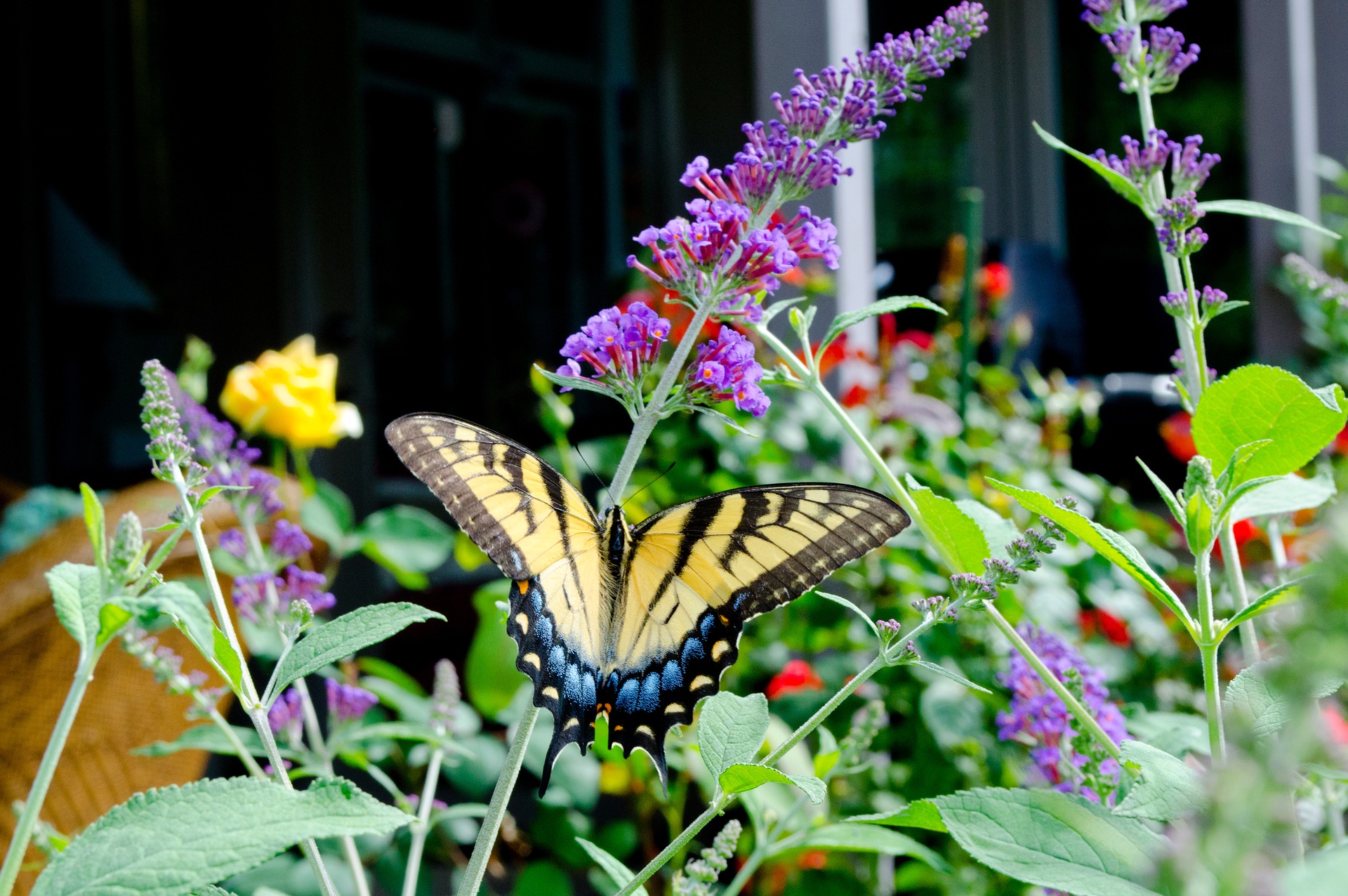
Attract beautiful butterflies to your garden with a butterfly bush.
How to Plant, Grow, and Care for Butterfly Bushes
ADVERTISEMENT
I read the Dill plant is a host for Black Swallowtail Butterflies;
Not a gardener but this year decided to get a butterfly bush it was doing really well I was over the moon & exited that I managed to start growing something but it’s startling to wilt the leaves r curling what can I do ☹️
I recently planted a butterfly bush in a full sun flower bed. The flowers and leaves wilt by noon, even though they’ve been watered in the morning. The soil one inch below mulched surface is damp. Too much or not enough water?
I just purchased 2 Buddleia alternifola plants and excited to plant them but must wait until June 1st (zone 3b). I'm wondering how big these get 8n our short growing season?
One one page your writer say" Despite the “butterfly” name, keep in mind that this shrub is not a “host plant” for butterflies in that it does not support butterfly reproduction and lifecycle." When I follow the link to See plants that will attract butterflies it lists the same butterfly bush/buddleia as a plant that will feed butterflies throughout their life cycles. So which is it? Buddleia/butterfly bush good or bad?

 If you would still like to put a butterfly bush in your garden, there are a few species of non-invasive butterfly bushes native to the southwestern
If you would still like to put a butterfly bush in your garden, there are a few species of non-invasive butterfly bushes native to the southwestern 







Comments